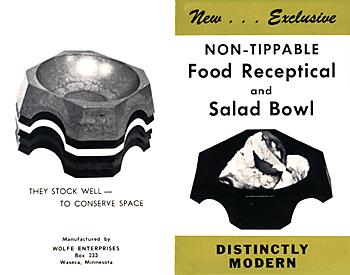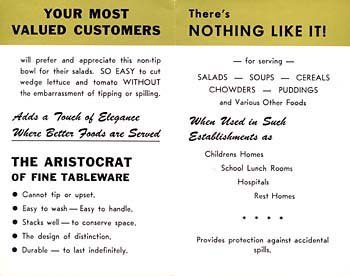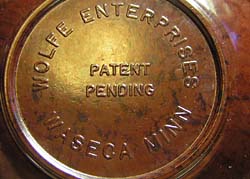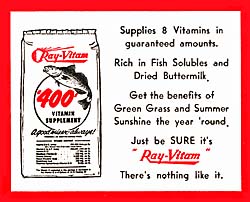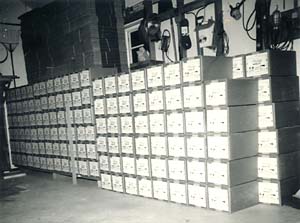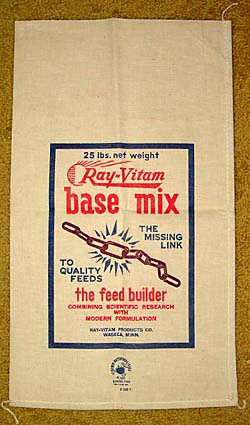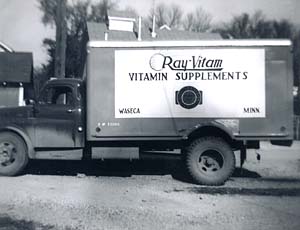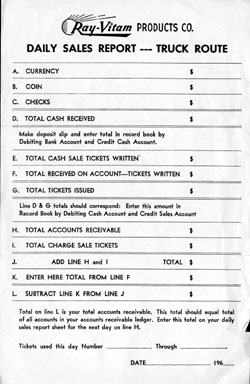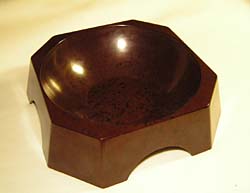|
|
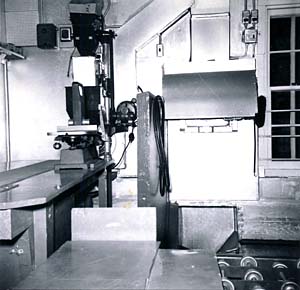
The "Packaging Line" in Ray's garage. This is where his products were packaged (duh) into either sacks or cans. The raw supplements, which arrived in large sacks, were dumped into the hopper in the floor to the back-center of the picture. An elevator behind the wall lifted it up to a bin in the attic, where gravity fed it down into the packaging machine seen in the far back-left of the room. The bags/cans would travel down the belt conveyor at left where the packages would be weighed by hand on the scale, then proceed to be cased up at the end.
|
|
|

Once in cases at the end of the assembly line, the boxes were shoved down this roller conveyor, where they were plucked off and stacked for shipment. All this work was performed by a small crew of high school boys recruited locally, who spent a few hours here on weekends on an as-needed basis. It was strenuous work, but as a special reward (in addition to something like 50 cents an hour wages) they were given a break, at which they each received a cup of water and a Nut Goodie Bar. Now THAT made it all worthwhile. (By the way, the little "box" just to the left of the window was an intercom to the house, where Ray could keep an "ear" to the whole operation.
|
|

